Some people learn math by drawing pictures, or crocheting reef creatures or building model bridges.
Some people are drawn into art by their appreciation of geometry, or taxonomy or historic costuming.
Point is—sometimes the distinctions we draw between fields are barriers and hindrances. One thing museums do is serve as fertile fields for collisions between art, science, history, craft and myriad different “disciplines” each of which can be a path to the same end.
Maybe the future of education depends on just such cross-walking between fields, so that self-directed learners can pursue use their passion as an entry way into any field of endeavor.
I’m happy to have been drafted to help with an exploration of how museums tackle such cross-disciplinary learning, and I hope you will join me at
The Art of Science Learning Conference 2011
Being held April 6–7, at the Smithsonian’s National Museum of American History.
This conference is one of three being held in the coming year, as part of “The Art of Science Learning: Shaping the 21st-Century Workforce,” a National Science Foundation-funded initiative that explores how the arts can be engaged to strengthen science education and spark creativity in the 21st-Century American workforce.
The convening will bring together scientists, educators, teaching artists, business leaders and policymakers to showcase arts-based educational methodologies that develop collaborative, communicative and critical thinkers for the future STEM (Science, Technology, Engineering, Math) workforce; share the latest neuroscientific and educational research on the impact of arts-based learning on science education; and explore the connection between the arts, innovation and American economic competitiveness.
If you can’t make the D.C. conference, look for one to be held this spring at the Illinois Institute of Technology in Chicago (May 16–17); and another at the University of California San Diego’ s CalIT2 (June 14–15).
Modeling best behavior for conference of the future, these convenings won’t just be a bunch of folks exchanging information. They will do real work: groups formed at the conferences will go on to develop an online knowledge base for science educators working in all forums and media; a research agenda for future quantitative impact studies; and a workforce development report with actionable public and private sector policy recommendations.
We’ve directed the conference organizers to a slew of art/science science/art programming and exhibits in museums, but I am sure there are tens times more we don’t know about yet. Please do comment on the blog with links we can share on cross-disciplinary education in museums!
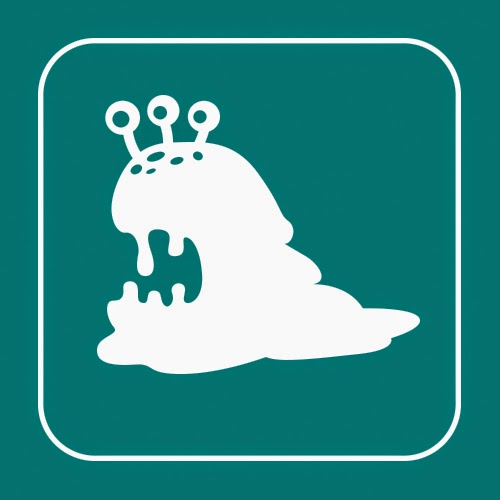
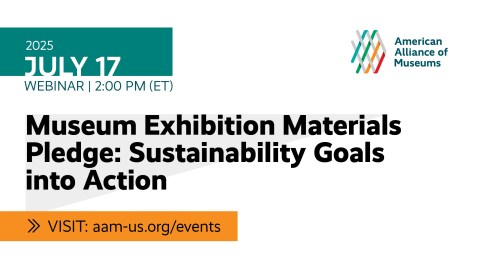



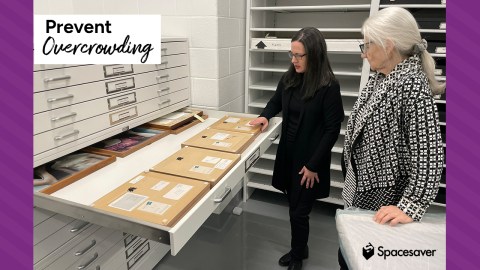
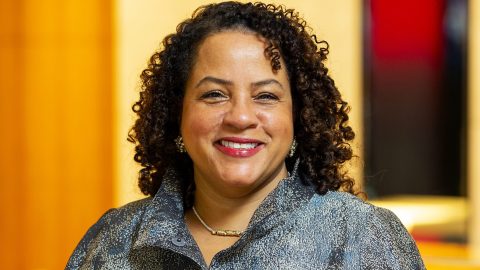

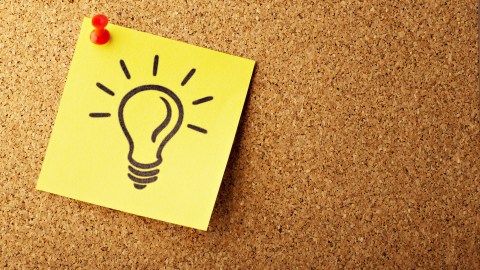
will there be an online "backchannel" available to conferences, abstracts, findings etc.. for those abroad and unable to attend?